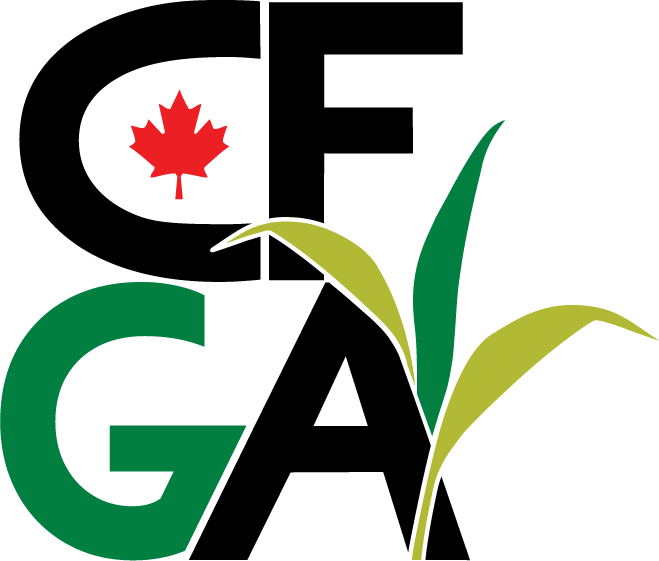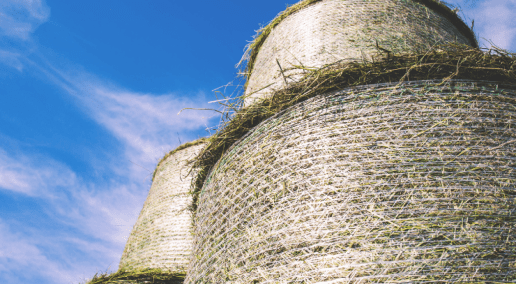During this session Patrice Vincent discussed the modern forage and nutrition management of dairy herds.
Patrice Vincent is a representative of sales at Bélisle Solution Nutrition. Patrice is a Sales professional that specialises in agricultural science at the McGill University. They are competent in English, agronomy, management, agribusiness and strategic planning.
There are three steps for quickly drying hay that will lead to 60 per cent dryness, compared to the slower drying phase that leads to 40 per cent dryness. Allowing hay to dry fully takes a very long time.
● Adjusting equipment can help maximise production quality. Adjusting the height of a mower to 10 cm produces the best drying conditions and regrowth health. Farmers want to cut rather than tear the plant to minimise contamination risk. When the mower is adjusted to 10 cm, it’s easier to adjust the rake so that soil remains on the ground. It is also best to run the mower at full capacity, so farmers should maintain sharp knives.
● When filling a bunker farmers should respect a slope of three wide to one high. To build a bunker there are many models depending on a herd’s needs.
● The silage tarp thickness determines the air exchange capacity. Each layer of silage packing is important. The following layer will not correct a poorly packed lower layer. Gravity packing in upright silos is sometimes insufficient. Farmers should monitor upright silos for signs of poor fermentation. They can add CO2 in sealed silos, as it reduces fermentation that can take place.
Silage should be removed from bunkers from top to bottom in straight faces. This should be done with minimal disruption to other areas to prevent heating and losses.
Farmers can use inoculants of beneficial microorganisms (lactic acid producing bacteria) to support nutrition, and prevent harmful microorganisms in silage.
We used to prioritise long fibres, but new research shows that despite fibre length in the bolus, rumination was successful. The cows’ chewing creates the average length of approximately seven mm by the time it reaches the bolus. An increased consumption by cows supports improved butterfat production. Cows prefer a younger forage cut.
Planning is important and maintenance of equipment is key to forage and nutrition management in dairy herds.
Hyperlinks:
https://ca.linkedin.com/in/patrice-vincent-a8273041
Back to Grace



Leave a Comment